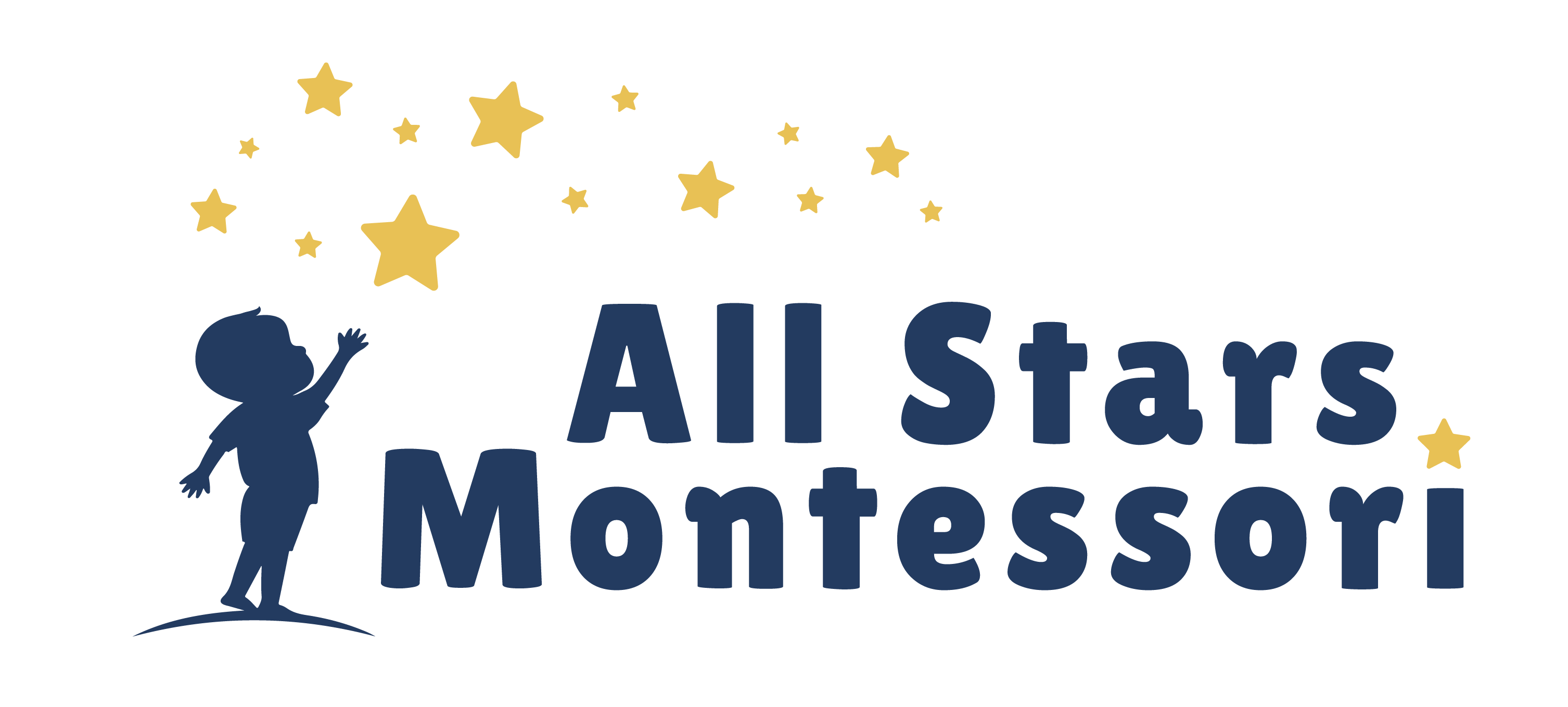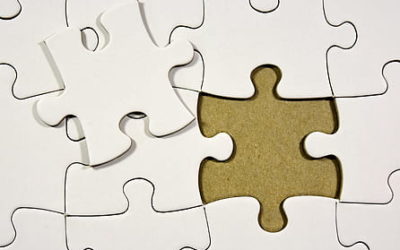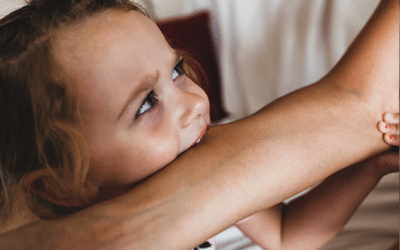The Sensorial area in a Montessori classroom provides opportunities for the child to study their environment by using their senses to explore the materials. As they work with the Sensorial materials, they begin to make classifications and to organize and adapt to their environment. Sensorial work will help children learn to think for themselves.
“The environment must be rich in motives which lend interest to activity and invite the child to conduct his own experiences.” – Maria Montessori
Sensorial materials offer children the opportunity for hands-on exploration of things like size, shape, composition, texture, sound, weight, temperature, etc. There are a variety of specialized Montessori materials in the Sensorial area. The Pink Tower allows the child to organize blocks from largest to smallest in order to understand differences in size. The Sound Cylinders help the child to listen closely in order to recognize differing sounds. Touch Boards and Texture Cylinders shows the child the differences in the way things feel. Baric (weighted) Cylinders allow the child to differentiate light from heavy. There are many other Sensorial Materials that provide opportunities for the child to explore with their senses. Parents and teachers can also make their own activities that will enable a child to practice working with their senses. Here are some fun ideas for Sensorial materials you can make at home:
Sniffing Bottles – Place items with distinctly different scents into clean, empty salt shakers or spice bottles so that your child can smell the contents. You can use dried herbs or spices, or cotton balls with drops of cooking extracts or essential oil. Each scent should have two bottles so that your child can match them. You should provide only a few distinctive scents at a time.
Touch Matching – Cover small pieces of tag-board with different textured materials (in pairs) and allow your child to practice matching them according to how they feel. (If the child is comfortable, using a blindfold will encourage them to focus on the sense of touch alone.) Some ideas of materials to use are: fabric, wallpaper scraps, carpet samples, bubble wrap, sandpaper, etc.
Sensory Wall – The sky is the limit with a sensory wall. This is a great way to provide a variety of sensory experiences for your child in one material. It involves affixing different items to a large wooden board or wall for your child to explore. Depending on the age of your child, there are a variety of things you can put on a Sensory Wall. Latches or locks, push lights, bells, wheels, small hinged doors, textured materials (see above) or whatever else you can think of that will engage your child.
Maria Montessori understood the child as a “sensorial explorer”. When a child can use all of their senses to explore their environment, the lessons they learn will be imprinted into their mind and will prepare them for future learning.




0 Comments
Trackbacks/Pingbacks